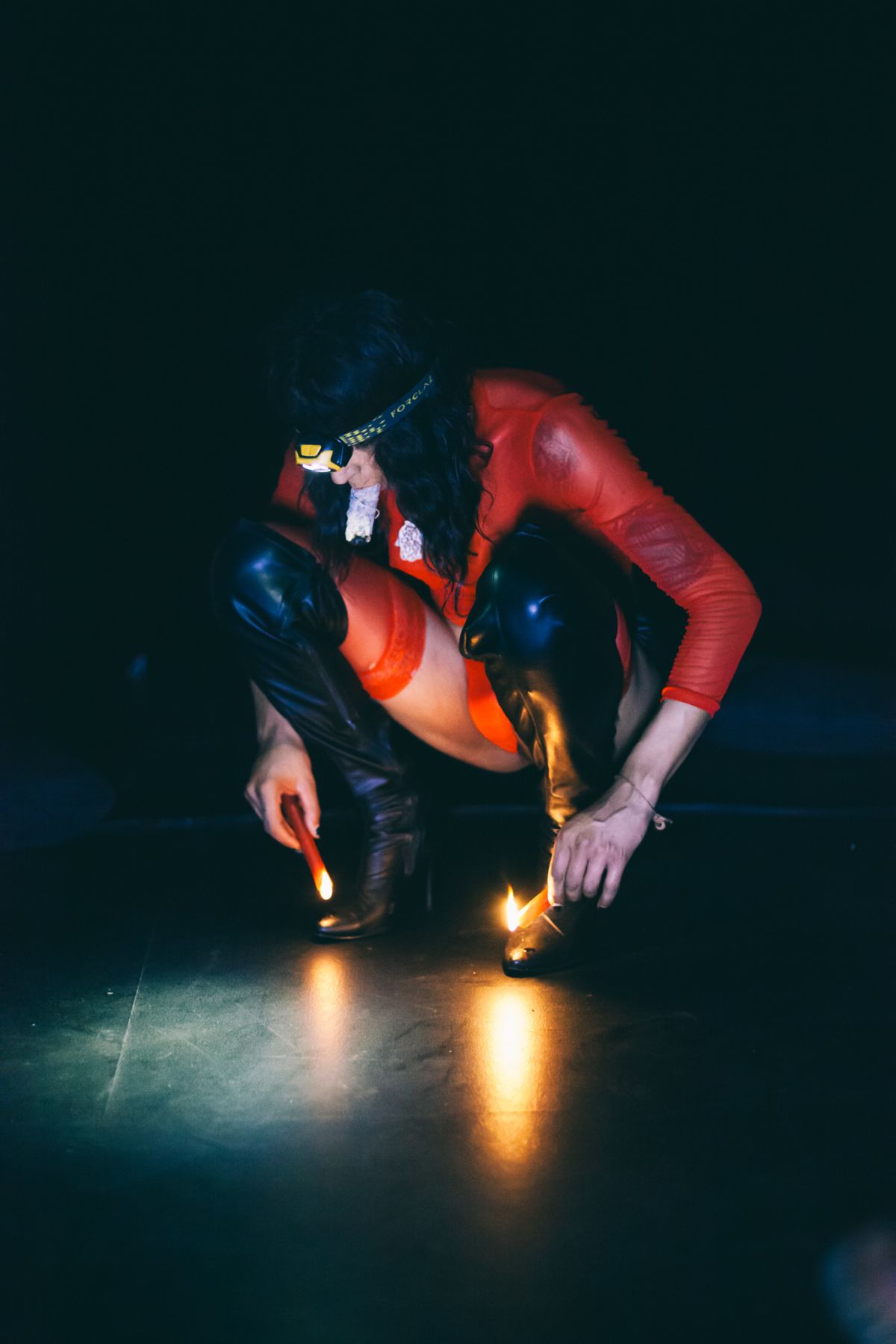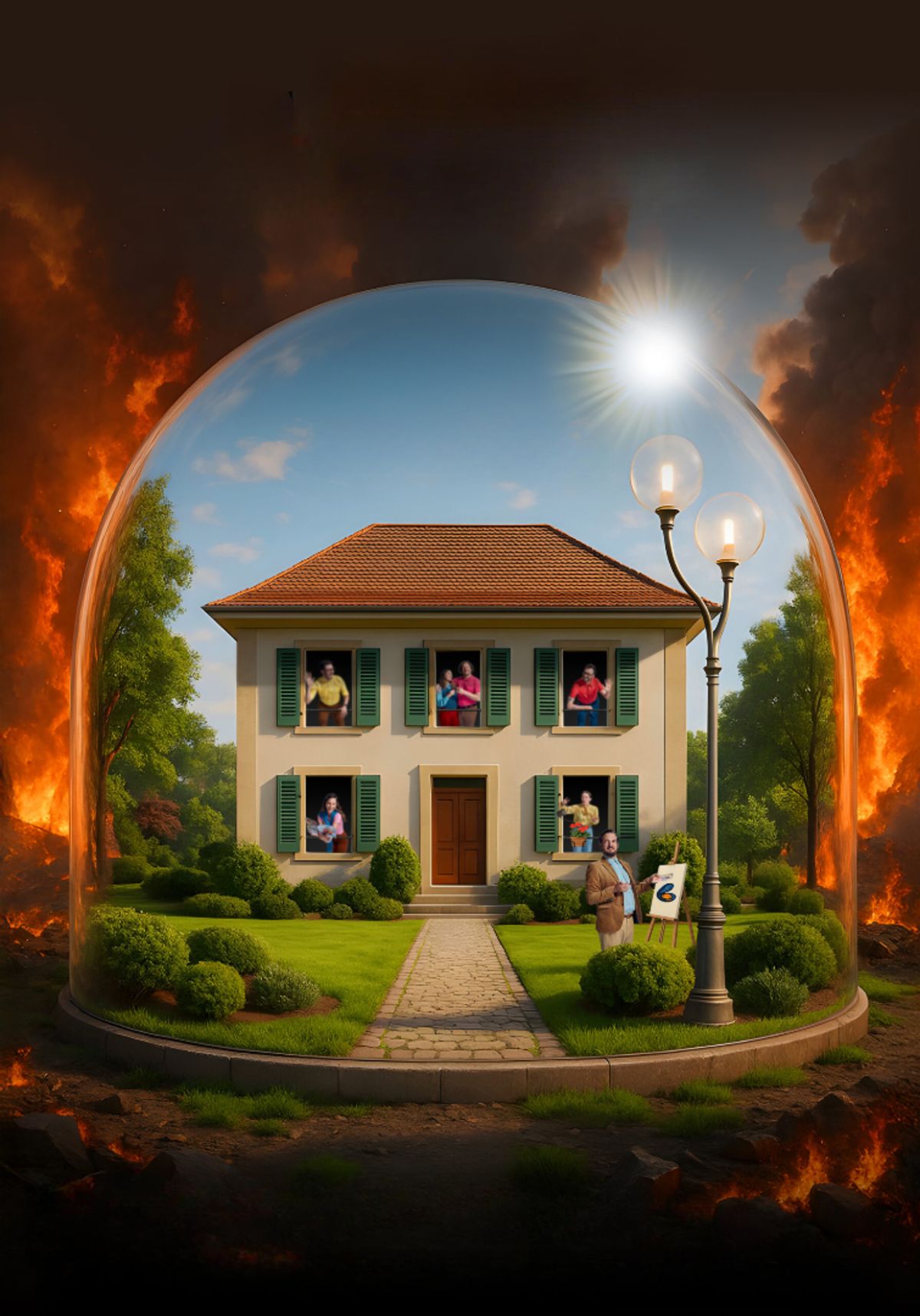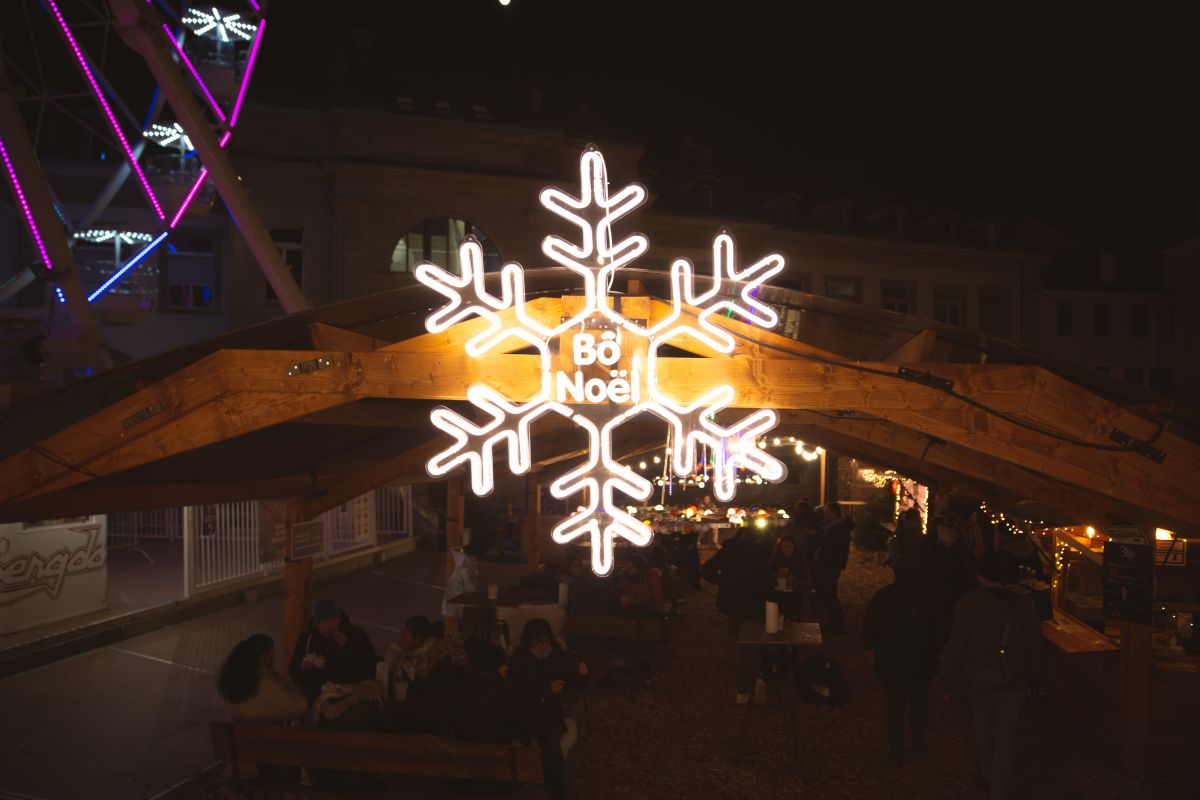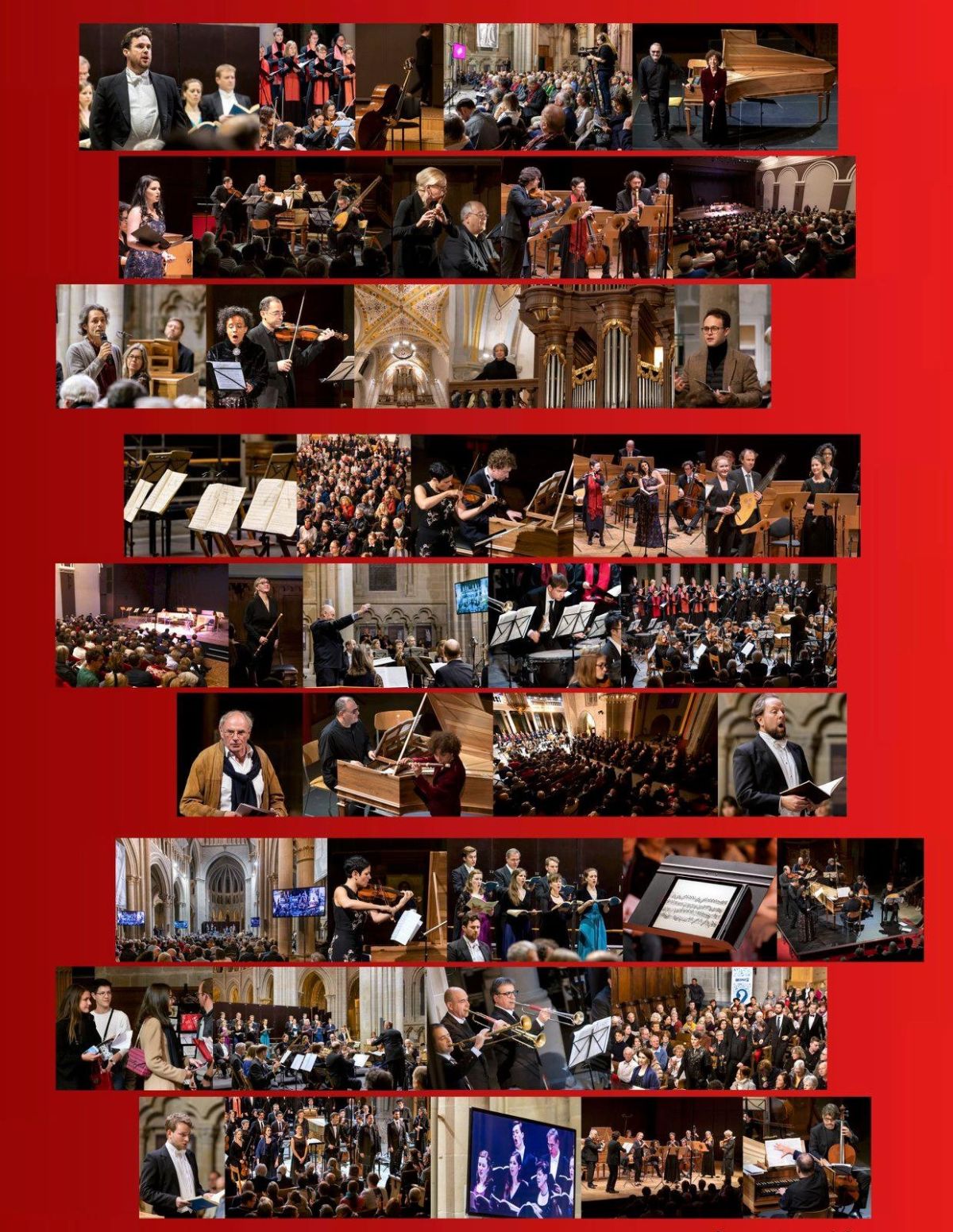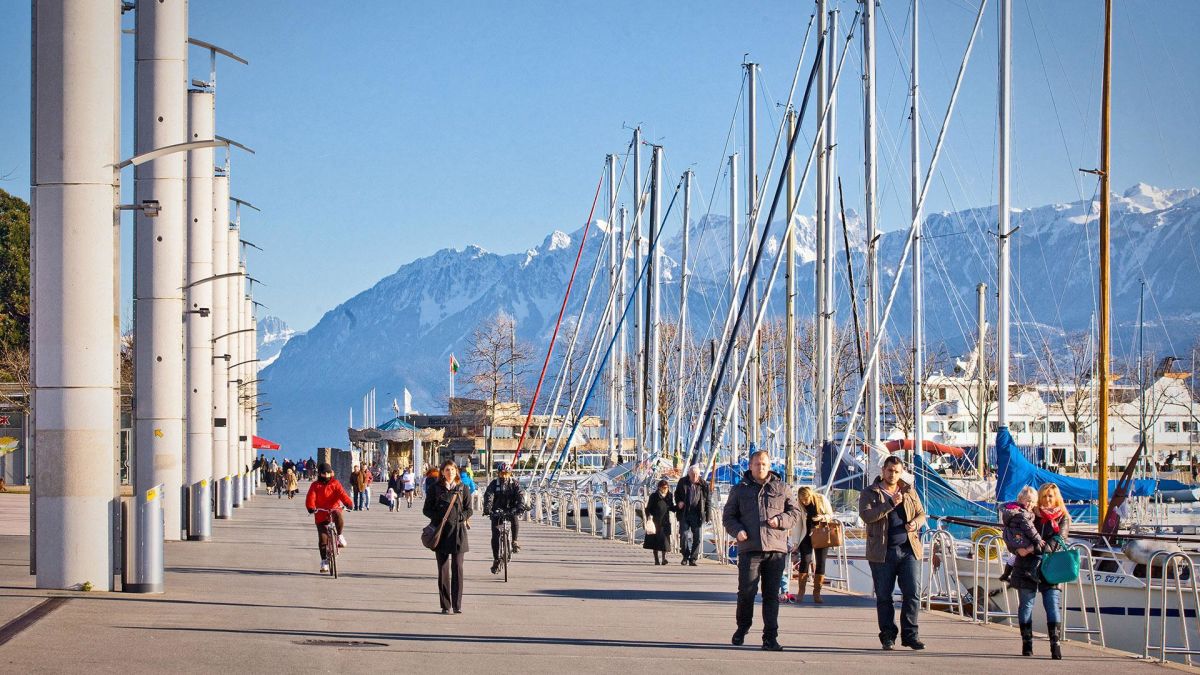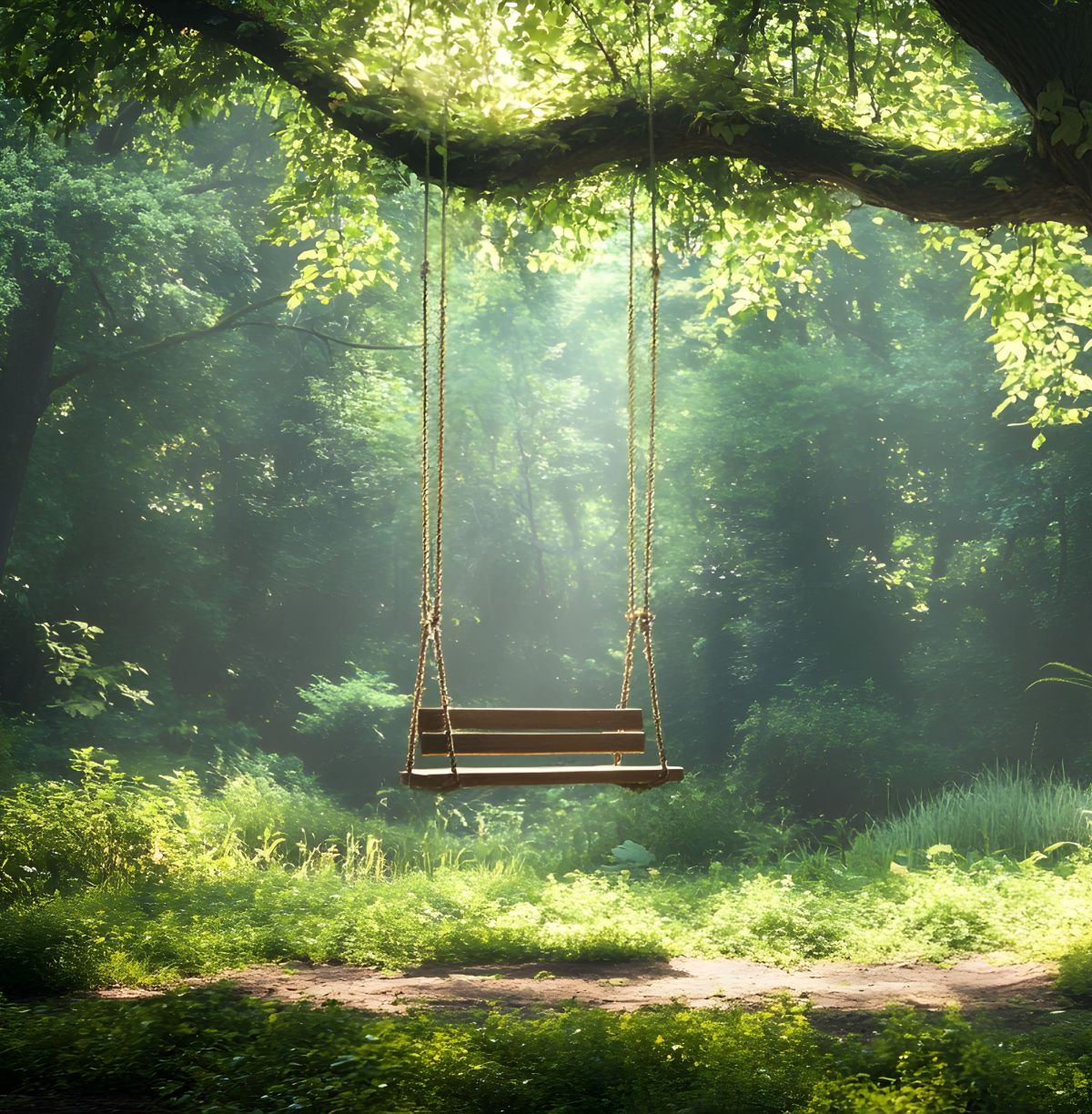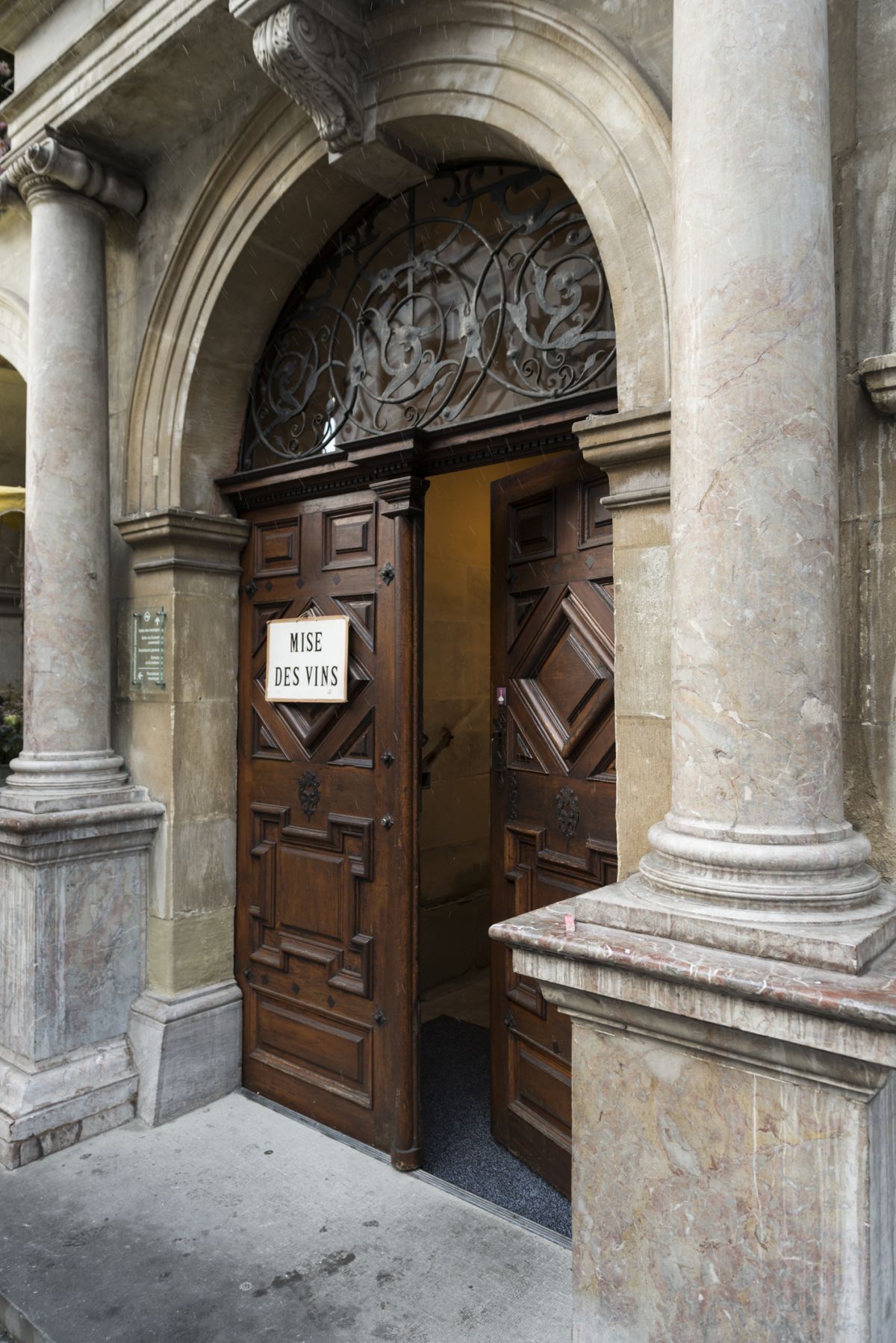Useful information
Address
Schedules
Full price
8 CHF
Reduced price
5 CHF
Children/youth (-25 years)
Free
Public holidays: open from 10am to 5pm.
Free admission on the first Saturday of the month.
Closed on 25 December and 1 January.
Access
Metro M2: «Riponne - M. Béjart» stop
Bus 1, 2, 7, 8, 16, 18, 60: «Riponne - M. Béjart» stop
By car: Parking de la Riponne
More info
Between 1798 and 1914, archaeology underwent a metamorphosis: from an activity reserved for a few aristocrats, it suddenly became a popular craze. From Napoleon's Egyptian campaign to the excavations at Mycenae and the discovery of the Lacustrine people in Switzerland, this new knowledge spread rapidly through the population, giving rise to stereotypes that we have inherited into the 20th and 21st centuries. Will these stereotypes continue to influence us in the future?
The MCAH - Cantonal Museum of Archaeology and History, in collaboration with the Naturéum, tells the story of how this new knowledge, based on discoveries made in the canton of Vaud and elsewhere in Europe, was built up between the sciences of the past and the natural sciences. The exhibition also offers a critical counterpoint to the knowledge acquired in the 19th century, showing how it has been profoundly renewed in recent decades thanks to numerous advances in the fields of genetics, dating and conservation-restoration.
To illustrate this point, the exhibition features hundreds of objects from Egypt, Greece, Italy and Switzerland, most of which entered the collections of cantonal museums in the 19th century.





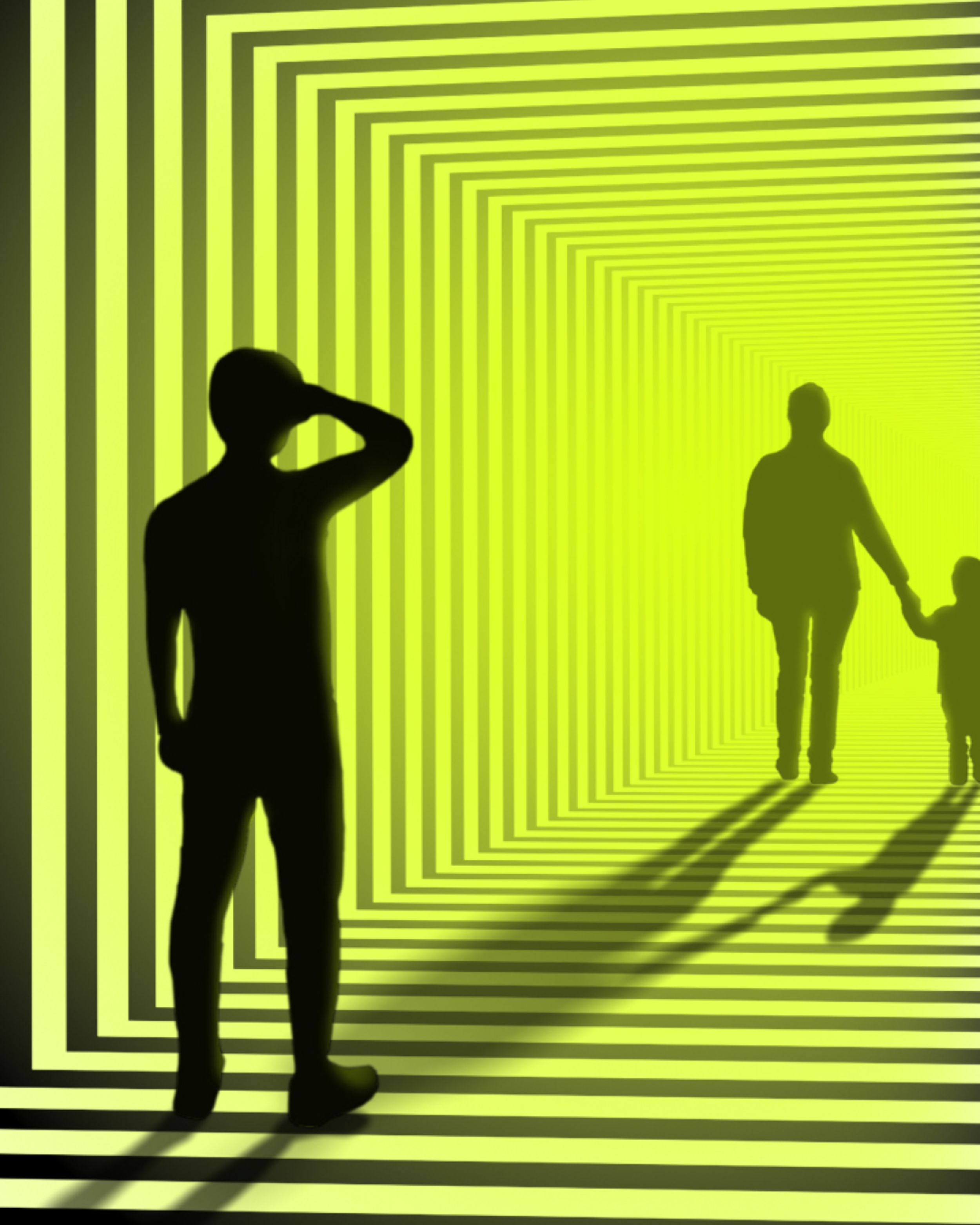
 +41 21 316 33 10
+41 21 316 33 10 Email
Email Website
Website